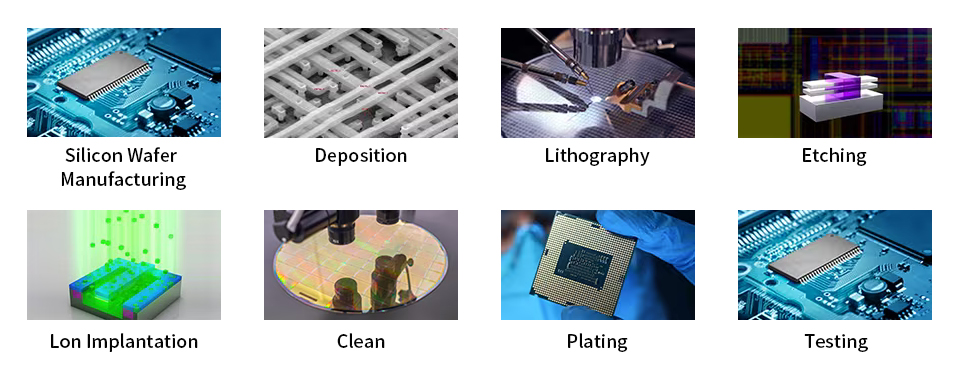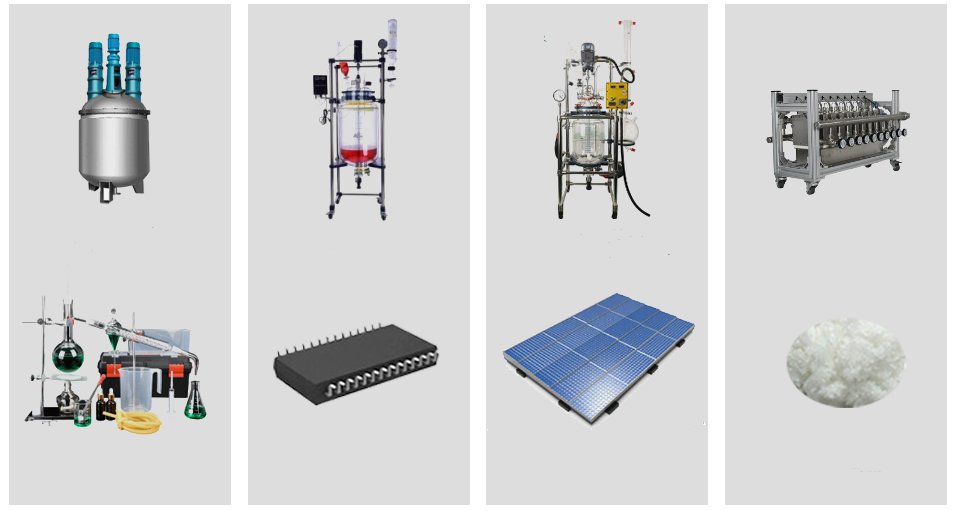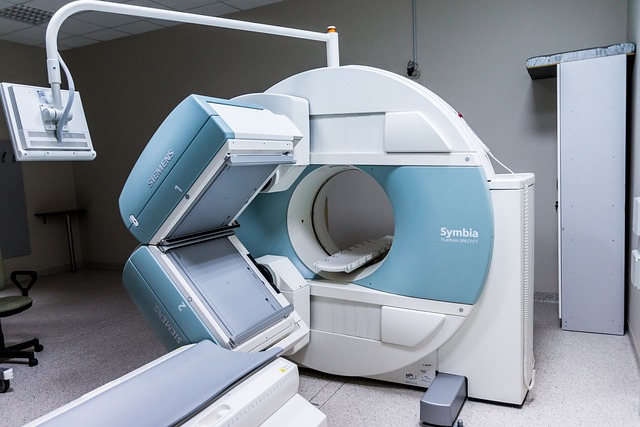Chiller Heater Units: Everything You Need to Know About Heating and Cooling

- What is an air-Cooled Chiller
- What is a Water-Cooled Chiller
- Low GWP Refrigerants in Semiconductor Chillers
- What Is a Burn In Chamber
- Why Chip Testing Needs Semiconductor Chillers
- Semiconductor Chillers in Chip Testing
- Semiconductor Chillers in Wafer Dicing
- Semiconductor Chillers in Packaging
- 2025年8月
- 2025年7月
- 2025年6月
- 2025年5月
- 2025年3月
- 2025年2月
- 2025年1月
- 2024年12月
- 2024年11月
- 2024年10月
- 2024年9月
- 2024年8月
- 2024年7月
- 2024年6月
- 2024年5月
- 2024年4月
- 2024年3月
- 2024年2月
- 2023年9月
- 2023年7月
- 2023年6月
- 2023年5月
- 2023年1月
空冷チラー チラー Chiller Installation チラーズ コールド・アセンブリー・フリーザー 冷却チラー 冷却暖房サーキュレーター 冷暖房システム cooling water chiller Double-Layer Glass Reactor 動的温度制御システム 冷凍庫 ガス冷却チラー 暖房用サーキュレーター industrial chiller industrial cooling industrial freezer 産業用冷蔵庫 jacket reactor 液冷チラー 低温チラー news pharmaceutical chiller process chiller reactor chiller reactor cooling reactor cooling heating 原子炉加熱冷却 reactor system 冷凍サーキュレーター 冷凍チラー スクリューチラー 半導体チラー 半導体テストチラー スンディ TCU 温度調節 試験室 サーモスタット 超低温チラー 車両試験用冷凍機 ウォーターチラー 水冷チラー wtd
Industrial chillers are common temperature control devices. They play a key role in labs and production workshops. A single chiller can only cool, so if your process needs high temperatures, you need a separate heater. Having two units costs more to buy and maintain and takes up more space.
To solve this, heating & cooling circulation units were developed. These compact units can both heat and cool. They provide dynamic temperature control over a wide range within a single system.
How Chiller Heater Units Work
Understanding how the cooling and heating systems work helps explain why these units manage temperature so efficiently.
Cooling System
During cooling, the system removes heat from the equipment or process using the refrigerant and coolant loops. The coolant absorbs heat and returns to the evaporator. Inside the evaporator, the cold liquid refrigerant absorbs heat from the warmer coolant and turns into gas.
The compressor then compresses the hot gas. The condenser cools the gas and releases the heat. The cooled refrigerant then passes through the expansion valve and evaporator to repeat the cycle.
Heating System
Heating can be done in two main ways:
• Heat Pump Heating
Units with heat pump technology can reverse the refrigerant cycle. This lets the same system provide both heating and cooling. The heat pump moves heat from the environment into the process or space. This method is common in home AC, HVAC systems, and chiller heaters.
In a chiller heater, both the evaporator and condenser are heat exchangers. In cooling mode, the condenser releases heat and the evaporator absorbs heat. In heating mode, the heat pump reverses the flow.
The evaporator absorbs heat from the air, and the condenser delivers it to the system. Even in cold weather, the air still has some heat, though efficiency drops as the temperature falls. This method transfers heat instead of generating it with electricity, which saves a lot of energy.
• Electric Heater
In very cold conditions, some chiller heaters add electric heaters. These can be heating rods or plates that convert electricity into heat to give extra warming.

Advantages of Chiller Heater Combos
Space Saving
A unit that both heats and cools eliminates the need for separate machines. This compact design works well in labs, clean rooms, and other spaces where room is tight.
Cost Saving
A chiller heater costs less than buying a separate chiller and heater. It also runs more efficiently, lowering operating costs.
Easy Operation
Chiller heater units often have PID or PLC controllers. You can set parameters on a simple panel. The system automatically switches between heating and cooling based on real-time data.
Heat Recovery & Energy Saving
Some facilities run multiple production lines with different temperature needs. Units with heat recovery can capture excess heat from the condenser while cooling one line and send it to another line that needs heat. This can save significant electricity costs.
Main Types of Chiller Heater Units
Water-Cooled Units
Water has a high heat capacity and transfers heat well. But water-cooled systems need cooling towers, pipes, and pumps. They cost more upfront and take more maintenance. They are mostly used in large industrial setups with high heat loads.

Air-Cooled Units
Air-cooled chillers use fans instead of towers or pipes. They are smaller, easier to install, and cheaper to maintain. They are ideal for small projects or places with limited water.

Applications of Chiller Heater Units
Semiconductor Manufacturing
Even small temperature changes can cause defects or batch variations. High-precision heating & cooling units are vital in wafer etching and deposition processes.

Reactors
Stable high-precision temperature control ensures chemical reactions proceed at the right rate. Heating & cooling units provide this stability.

Medical Equipment
Medical devices often run 24/7. Heat buildup can reduce accuracy or damage sensitive parts. Chiller heaters keep the temperature in a safe range.

Material Aging Tests
To test durability or lifetime, materials often need exposure to extreme temperatures. Heating & cooling units simulate these conditions precisely.
Achieving Precise Temperature Control
For industries that need reliable, precise temperature control, chiller heaters are essential. LNEYA’s SUNDIシリーズ has been used by pharmaceutical, chemical, testing labs, and research facilities. It’s known for reliability and stability. Investing in a heating & cooling unit pays off in both efficiency and performance.
関連冷凍機
お問い合わせ
TEL
EMAIL:
WeChat & WhatsApp:ウィーチャット

ウィーチャットQR

ご質問やお見積りをご希望の場合は、以下のフォームにご記入ください。24時間以内に担当者よりご連絡させていただきます。
 LNEYA工業用冷凍機 メーカー サプライヤー
LNEYA工業用冷凍機 メーカー サプライヤー
















